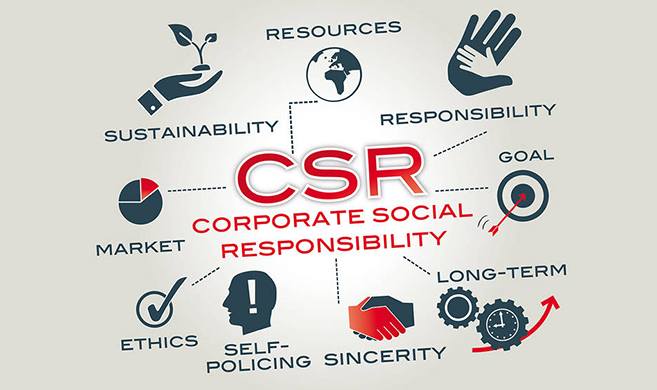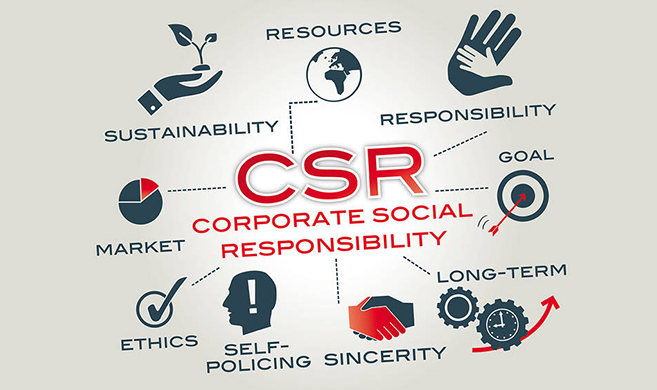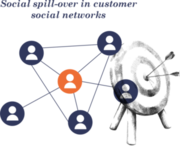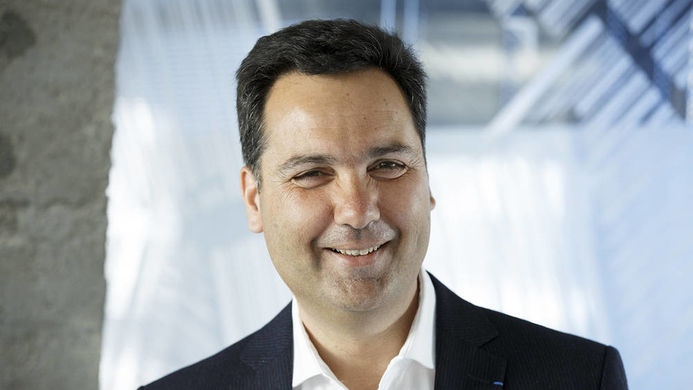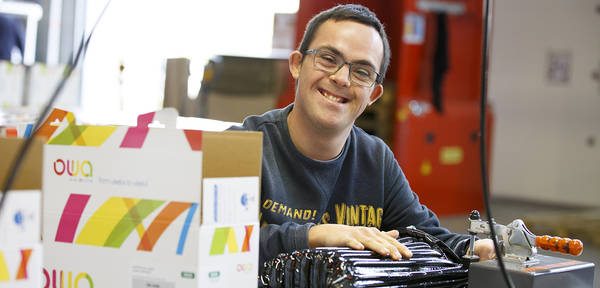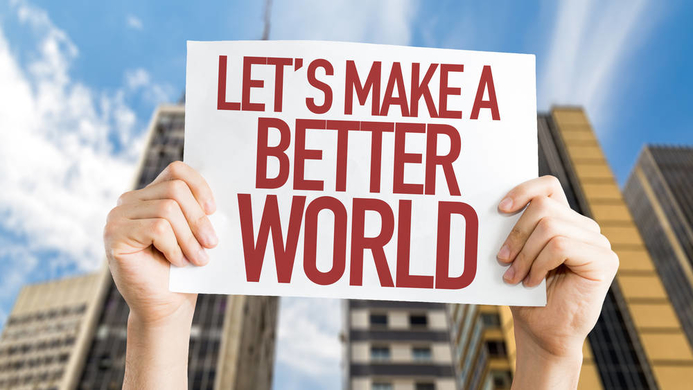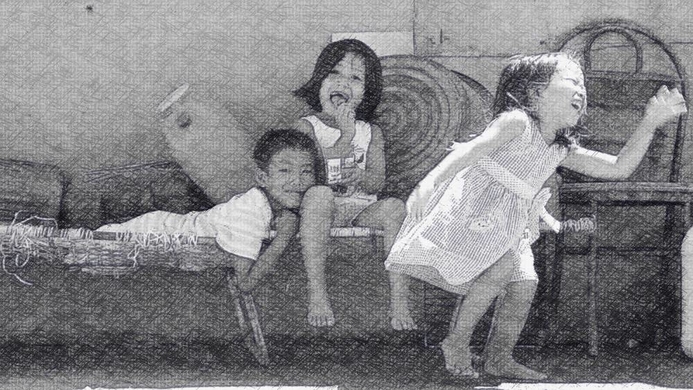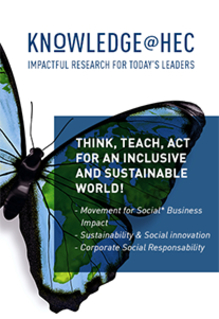The environmental and social innovations that are emerging today are being met with both enthusiasm and skepticism. Prof. Muhammad Yunus’ “social business” and C.K. Pralahad’s “base of the pyramid”, in particular, are the subject of heated discussions. Some activists see them as the promise of a better tomorrow. Others see it as a cosmetic overlay – a “social green washing” of sorts – that will basically change nothing. But while this debate is far from settled, some answers are emerging already. And probably the best way to tackle the issue is to take a close look on the relevant companies themselves. Some of them have taken the lead on the subject and it is now possible to learn from their experience.
New models are being put to the test
Let us briefly go over the two major reference models. The first one, “social business,” as defined by Pr. Muhammad Yunus (2010), is business whose “goal is to solve some of the social, economic, and environmental burdens that affect humanity: hunger, lack of housing, health, pollution, ignorance…” Organizations created for this purpose should in principle generate profits; however these profits, in Prof. Yunus’ strict definition, are to be invested back.
Now to the second reference model. The term “base of the pyramid” (sometimes referred to by its acronym BOP) comes from the findings of C. K. Prahalad and S. Hart. It is used to refer to low-income populations; it is also used to describe the economic models devised to give these people access to a number of products and services. The aim is to reconcile the fight against poverty with the profit motive: here, the societal goal converges with the economic objective.
Academic literature, to date, only has unsatisfactory answers to provide to the questions posed in this paper. In the field of Strategy and Corporate Social Responsibility (CSR), for example, a vast plethora of studies focuses on the why: why should companies adopt a more socially responsible behavior? Is it a mandatory quid pro quo for greater competitiveness?
Few are the studies, however, which focus on the how – that is to say, how the implementation procedures of CSR are actually being carried out. In addition, such finer studies cast new light on the very strategic innovations and overhauls that are giving companies newfound capability to meet the intense societal and environmental challenges faced by our economy.
The authors who have studied the societal models of access to goods and services that either fall in the social business category or in the “base of the pyramid” one have shown a keen interest in their implementation modalities, yet without hesitating to point their limits. However, very few studies have focused on the very stakes these approaches constitute for businesses, or on their transformational potential.
It turns out there is one simple reason for that: so far, very few large companies have really taken the subject seriously. And it is in this context that the Danone case stands out. Over a period of more than a decade (starting in the early 2000s), the company has been launching social business and base of the pyramid projects with the explicit intention of making them a lever of strategic renewal.
It is therefore possible to study this case not in terms of principles and values (i.e. “is Danone true to the values it fosters?”), but from a much more operational angle, relying on the analytical frameworks of strategy specialists (“Have Danone’s choices paved the way for its strategic renewal?”).
The approach developed by Crossan and Bedrow, two strategy researchers, provides an effective analysis framework to understand and evaluate the choices of the agri-food multinational company. Christened “the 4 I’s” (standing for Intuition, Interpretation, Integration, and Institutionalization), this approach makes it possible to analyze the organizational learning process behind the strategic renewal of a company.
Specifically, the goal is to carry out an analysis of the process, to understand how the insights of leaders and of “champions” at Danone (intuition process) have led to social projects (through processes of interpretation and integration), and were able to have more widespread impact on the company (institutionalization process).But this learning process is not limited to a “top down” dissemination of the leaders’ intuitions.
It is also about growing an interest in the skills developed by field managers and employees of Social Business or BOP initiatives, while wondering whether these skills are actually spreading through the organization and if so, along which modalities. Lastly, a basic question has to come to mind: do the skills thusly developed have a strategic character?
At Danone, the answer is yes. Social Business or BOP projects have played a significant role in the process of strategic renewal undertaken by the firm in the early 2000s. Far from being a simple matter of communication, these projects are levers for organizational transformation; provided a few conditions are met that we shall emphasize in this paper.
Manager intuition & field experience
The insights of a few leaders and “champions” constitute the starting point. In the late 1990s, the company, which was then considered a model in termes of CSR, was faced with a challenge that took the leaders by surprise. They perceived there were social and strategic limits to the European “social” company model, which merely set out to treat its employees well. If a company wanted to continue to stand out from the crowd in this field, it had to go beyond its routines and reinvent its practices. The gradual opening of trade borders and access to foreign markets simultaneously led executives to consider major overhauls in the marketing of their products. They saw the need to broaden their target and to no longer confine themselves to the more affluent classes with premium and expensive products.
It is in this context that a few BOP initiatives were attempted at first, which turned out not to be convincing. At that point Danone’s management understood they probably must go beyond the simple adaptation of their products; and social business, which primarily targets the poorest classes, seemed likely to yield disruptive innovations in this direction, even if this meant they had to climb their way upwards inside the pyramid at a later point. Indeed, it induced very strong constraints (very low cost and ambitious poverty reduction goals) and the co-creation that it promoted with new stakeholders (NGOs, local communities) encouraged thinking outside the box.
These intuitions then became the subject of an interpretation endeavor. They were discussed in the steering committee and more widely within the firm, as well as with external stakeholders and experts such as Muhammad Yunus. This maturation stage was to be followed by an integration phase, with the launch of experiences as Grameen Danone in Bangladesh or Lemateki in Senegal.
Grameen Danone Food Limited (GFDL) is a joint venture between Danone and the Grameen Group and is based on the model of social business. GFDL ‘s first product was the shokti doi, a recipe developed to satisfy the taste and nutritional needs of children (one yogurt covers 30 % of their daily requirement of vitamin A, iron, zinc and iodine). The product was first distributed in rural areas, by the so-called shokti ladies, street vendors who received a fixed commission on each sale.
Lemateki is a social business whose goal is to improve the nutrition of Senegalese schoolchildren. It is primarily concerned with improving health and education, and therefore, with advancing equal opportunities for children living in suburban areas. The aim is also to encourage education regarding nutrition and hygiene in schools, in partnership with the Ministry of Education.
Both these projects were closely scrutinized, leading to new intuitions and interpretations following an iterative process. Leaders and champions notably realized that fresh dairy products – which are Danone’s core business – are not the most suitable products to target people with very low income, all the more in tropical countries. Both the Bangladeshi and Senegalese projects then inspired many other business units in emerging countries, such as Indonesia and India, but also in developed countries (Poland and France), thanks to dynamics of reverse innovation.
The institutionalization of these intuitions was also conducted by:
(1) Developing a strategy to now reach 1 billion consumers and thus to make products more accessible;
(2) Implementing a specific organization, promoting the decentralization of innovation in emerging countries through incubators that brought together local stakeholders and people from headquarters who were sufficiently open-minded to violate in-house standards. At the same time the involvement of leaders in the governance of social projects was institutionalized through the establishment of bodies such as the “Social Innovation Committee”: composed of several of the firm’s leaders, it was the body that made the decision to launch various social projects;
(3) The definition of processes, especially in the field of Human Resources, assessment procedures and knowledge management. Of particular note was an initiative called “For All Track”: it gave Danone managers the opportunity to spend two weeks, or one month, or six months, etc., in the field, for social business projects. Incentive systems were also of critical importance: for example, executive bonuses got to be calculated on the basis of one third (1/3 economic, 1/3 third managerial, 1/3 societal).
In terms of knowledge management, several leverage mechanisms were implemented. “Social innovation labs”, once a year, reunited the people involved in social business projects and the base of the pyramid, along with other stakeholders in the industry and NGO representatives. These reunions enabled the exchange of practices. Strategic thinking seminars were facilitated within subsidiary executive committees by a team from the headquarters. Lastly, a true social network, both internal and external, was built around Danone communities: 30% of French employees invested in shares of the Danone communities mutual fund, and thus the Annual General Meeting of Danone communities, which takes place the same day as the General Meeting of shareholders, regularly reunites over 1000 people.
Intertwined with this top-down dissemination of insights formulated at the highest level is a bottom-up approach, coming from the field and led in the mindset of an experiment: it consists in the emergence of new individual skills which proceed to become collective and eventually organizational. This is a pivotal point: the strategic vision and the top-down process explained above are a necessary but not sufficient condition for the transformation of the company, especially in a relatively decentralized company like Danone. It is in the field that profound changes in the representations, behaviors and practices are taking place and being experimented with. At individual level, the development of truly new skills can be observed in terms both of know-how and soft skills, especially among employees directly involved with the projects. At first, this translates into a true unlearning phase.
New know-how and new soft skills
The models developed by Danone, such as Grameen Danone in Bangladesh or Lemateki in Senegal, are veritable disruptive innovation labs that radically challenge the entire value chain.
At R&D level, radically new products were developed or industrialized, such as yogurt enriched with nutrients in Bangladesh, or the “pouch,” a kind of carton composed of local grain and a little milk, whose rare feat is that it can be stored at room temperature, in Senegal, thanks to the invention of an innovative and frugal method, which is extremely energy-efficient.
The supply chain also underwent a small revolution with the implementation of a local resource supply (in milk and cereal) and with the local distribution of products, notably through a network of rickshaws and the “shokti ladies” who sell products door-to-door.
At the industrial level, an equally revolutionary concept – the micro-factory, or even, the container factory – was introduced. It was associated with a model of efficient capital development. The use of renewable energies such as “bio-digesters” was also sought after.
Finally, innovative financing was implemented, such as solidarity-based employee savings and the Danone communities mutual fund, or new investing guarantee schemes created for the occasion by the French Development Agency which consisted in covering 50% of any impairment losses incurred by Social Business projects. These new skills, which concern both the firm’s organization as a whole and its individuals, were coupled with new soft skills based on equally new representations.
The stakeholders thus began by unlearning, by questioning their ways of thinking and acting. Coming from a behavior focused on products, in search of ever greater sophistication and somehow disconnected with reality and with consumers, they learned to observe, listen, and once more immerse themselves into actualities. They inverted the approach and gave it a fresh start – this time deriving from the needs, expectations, habits and constraints of individuals so as to design often simpler and better tailored offers.
They thus understood that they knew very little about the world of low-income consumers, and that it is also was important to co-create with them and with stakeholders close to them (NGOs, associations). At the origin of Social Business initiatives, the partnership with Grameen Bank was decisive: it is the one that put Danone employees in touch with poor consumers in Bangladesh and has been a major driver of disruptive innovation. Professor Yunus, founder of Grameen, was actually the one to suggest a relocated model to the leaders of Danone, based on small production units, with a double objective – to fight malnutrition, and to create jobs.
People at Danone went from simply carrying out orders to discovering they also could become entrepreneurs (or “intrapreneurs”), capable of acting creatively despite limited resources – in a much more frugal mode but with energy increased tenfold… because, in their new action, they found meaning that was hitherto missing. Lastly, a different relationship with time itself emerged as well: the rediscovery of lenghty time. For the law of “always faster” no longer works in such contexts. The hyper efficiency attitude gave way to a more patient and modest behavior.
Beyond the projects, a company that reinvents itself
These new individual skills could have been limited to a few of the projects’ personnel – those directly involved in the field – and at the end of the day, could have had but a minute impact on the organization as a whole. However, by observing the company for over a decade, one realizes these skills gradually transformed into collective skills (at group level) and organizational ones (at firm structure level).
Especially worthy of note was the renewed capacity of the company as a whole to focus on consumer needs, in a quest for accessibility and simplicity, rather than perpetually seeking to increase the sophistication of products. But also, a new skill in terms of supply and distribution, and in particular concerning last-mile delivery. Also notable were, first, the enabling of co-creation with external stakeholders, such as Grameen or the NGO Care, and secondly, the ability to develop disruptive business models, with low capital intensity.
In turn, emerging from these collective capabilities, two organizational skills appeared: the capacity to design disruptive products, henceforth able to reach all of the pyramid, and not just its wealthier classes; and the ability to handle a certain ambiguity between the societal and the strategic approach – and to turn this very ambiguity into a lever for competitiveness.
The transition from individual to collective and then organizational skills stems from a bottom-up process of sharing best practices, a pollination of sorts. Such pollination involves an element of spontaneity: employees have many natural opportunities to share their experience; and from this, they gradually get to form a social network.
In parallel, this pollination is also organized as a factor of the multiplication of experiments and other measures of Knowledge Management type, and then refers to more top-down processes described earlier in the institutionalization process. It also greatly depends on the strategic intent of the leaders.
Keys to success
A number of key factors can henceforth be identified to understand the success of this strategic renewal.
Firstly, a strong consensus, within the executive team, around strategic renewal and around what is at stake behind societal projects. Secondly, swiftly putting experiments into practice so as to materialize the initial intuitions; and then, the implementation of levers towards the institutionalization of such practices. Worthy of notice is a relatively decentralized organization, which promotes field innovation, data reporting and the dissemination of innovations. Among these levers, a human resources policy that actively contributes to strategic renewal by all the means at its disposal: through recruitment, career management, calculation of bonuses and training. This policy also includes the recognition of skills acquired in-house through social business and BOP projects, as well as processes to formalize and disseminate training.
Another key factor of success, which is pivotal for strategic renewal, is none other than the acceptance and acknowledgement of a long training time. This is a major challenge for a publicly traded multinational company, a priori subject to the law of short term and to the vagaries of markets, but all the more necessary given that these social business and BOP initiatives are precisely inducing true paradigm shifts and disruptions.
Danone’s experience allows to measure the underlying transformative potential of societal projects of access to goods and services, of a confrontation with the reality of poverty and of the implementation of initiatives for and with people with low income.
The direct economic impact of the first projects undertaken by the Danone group, such as the social businesses in Bangladesh and Senegal is still limited, both in terms of social impact and of the profitability for the subsidiaries concerned: the learning time required to achieve breakeven results is longer than expected. The challenge, however, is broader. What is at stake is the very role of that transformational lever: to reconnect with the actual needs of low-income populations, and, with them, to devise a novel approach of co-creation, and more frugal and entrepreneurial action modes. All in all, to bring about a reality check.
The Danone case shows a number of disruptions in the representations and behavior of its stakeholders. In particular, among the committed individuals that work in the field of SB and BOP projects, a new relationship emerges at once towards economic activity, the fellow man or woman, oneself, and even time. And these developments can spread throughout a whole firm’s organization by a number of processes, be they bottom-up, top-down, or of a pollination type… provided that company leaders know how to stay the course, keeping their sights on strategic renewal, beyond the ebbs and flows of conjuncture and market pressures.
